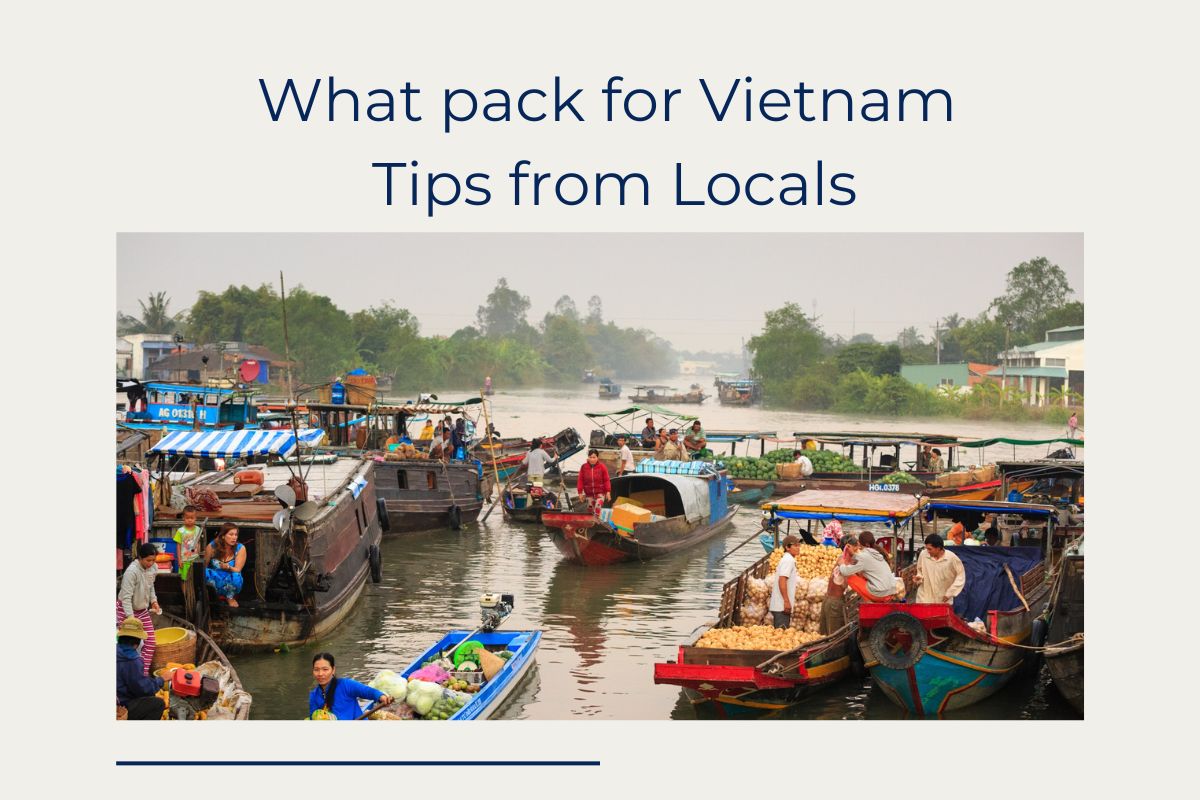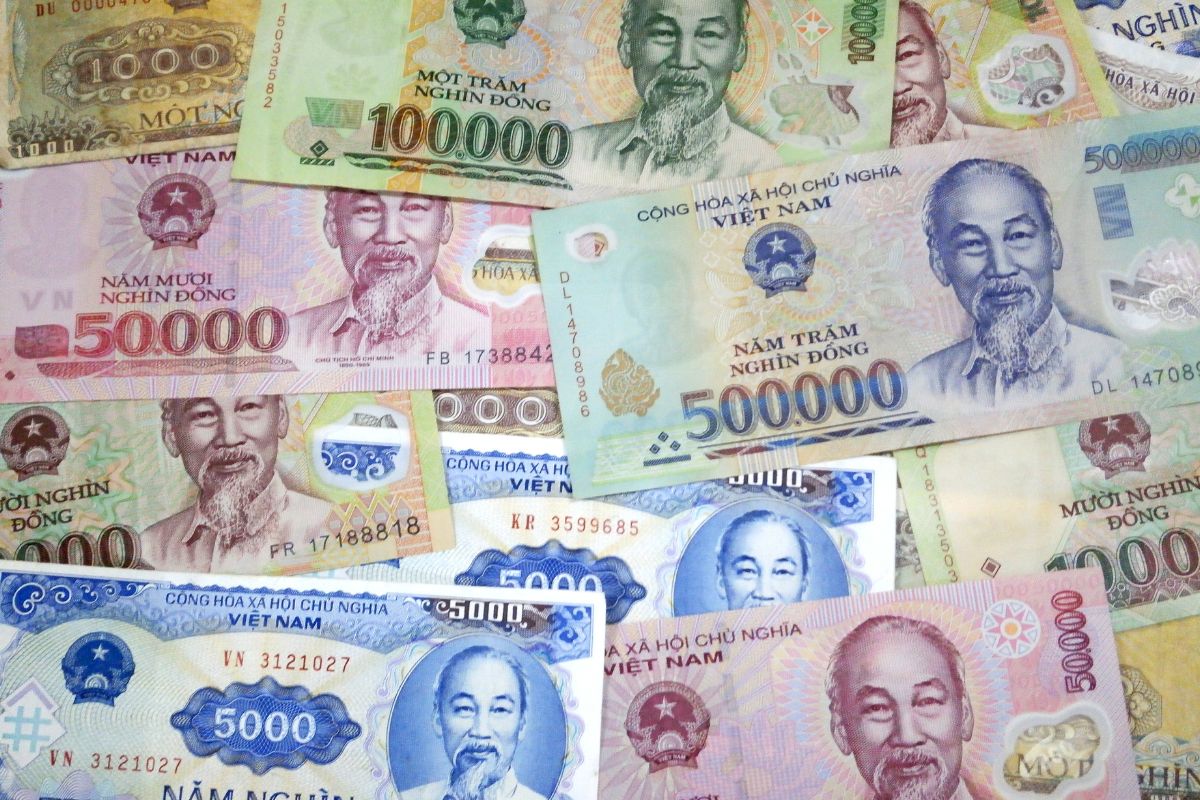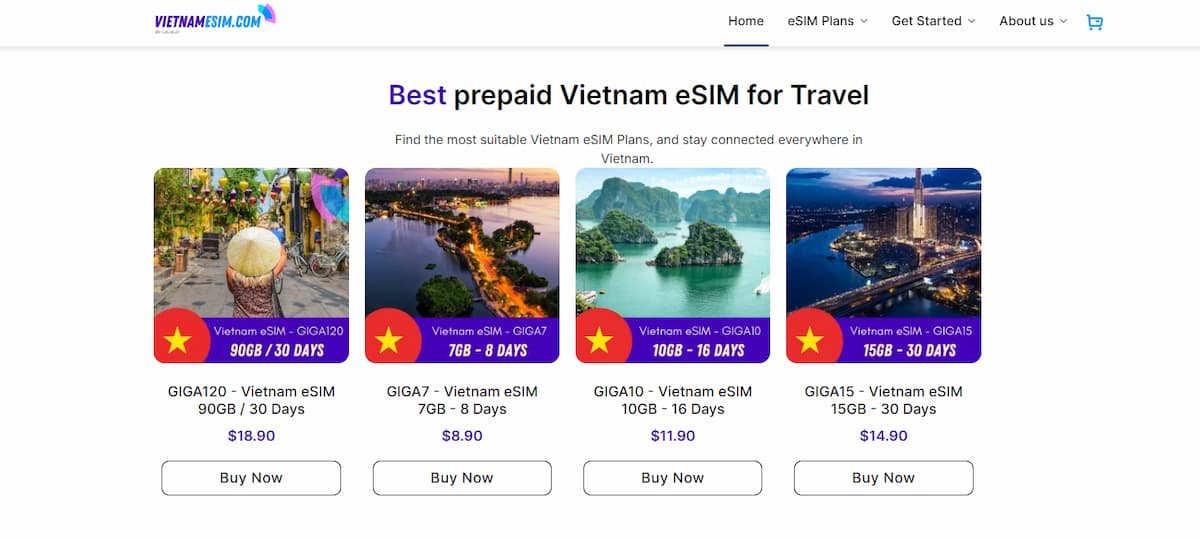Vietnam is a beautiful country which is located in Southeast Asia and also a popular destination for visitors around the world. One of the fastest-developing countries on earth retains plenty of old-school charm, with outstanding cuisine, and friendly and outgoing Vietnamese to make your heart soar.
So what to pack for Vietnam? In this guide, we’ll equip you with a full guide of essential things for visiting this beautiful country!

What to pack for Vietnam: Top essential things
Passport
A valid passport is the most important thing for your arrival in Vietnam. Vietnamese visitors have to store a photo of the inside ID page of their passport on their phones in case they lose it.
Bring a passport holder or you should store your important private documents such as your ID card, passport or driver’s license on the back, so everything is in one place and you have less track of it.

Visa for Vietnam
All visitors need a visa for Vietnam, but it also depends on their nationality.
-
Vietnam grants e-visas for citizens of all countries and territories with a 90-day stay duration and valid for multiple entry.
-
Citizens of 13 countries enjoying unilateral visa exemption can stay in Vietnam for up to 45 days. Vietnam’s new visa policy effective from 15th August 2023 extends the stay duration for 13 countries enjoying unilateral visa exemption from 15 days to 45 days, regardless of passport type and entry purpose. The 13 countries include: Germany, France, Italy, Spain, the UK, Russia, Japan, the Republic of Korea, Denmark, Sweden, Norway, Finland, and Belarus.
What to pack for Vietnam: Insurance for Vietnam
Visitors coming to Vietnam will need valid insurance throughout their stay in Vietnam, covering loss/thefts, medical emergencies, and cancellations. Most insurance providers will email details of your cover to visitors, so you have it safely kept.
It is recommended to have a contact number for your insurer saved on your phone.
Currency and cash transfer
Vietnamese dong (VND) is the official Vietnamese currency that is available in denominations of 500,000 dong (about twenty-five US dollars), 200,000 dong, 100,000 dong, 50,000 dong, 20,000 dong, 10,000 dong, 5,000 dong, and 1,000 dong. Banks and official exchange counters (look for a sign clearly indicating this status) are the places to exchange money. A few lodging establishments and travel agencies will also convert foreign money into Vietnamese dong. In most major hotels, businesses, and restaurants, US dollars are accepted.

Understanding the Climate
Vietnam experiences various weather patterns throughout the year, depending on the region you are visiting. The north has four distinct seasons, including a chilly winter from November to March. In contrast, the South maintains a tropical climate, with hot and humid weather year-round. The central region can also have diverse weather, influenced by monsoon seasons.
Choosing the right clothing based on the time of year and the part of the country you intend to explore is essential. For example, if you’re planning to visit Hanoi in December, ensure you pack warm clothes like sweaters or jackets. Conversely, when heading to Ho Chi Minh City during summer, lightweight, breathable fabrics will keep you comfortable.
Essential Clothing Items
Packing light is important when traveling in Vietnam, as many tourists find their way to multiple destinations within the country. Here is a list of essential clothing items to consider:
-
Lightweight breathable fabrics: Cotton and linen materials work well in Vietnam’s hot and humid climate. Prioritize loose-fitting attire for maximum comfort while exploring.
-
Modest outfits: Vietnamese culture values modesty, especially in rural areas and places of worship. It’s prudent to bring outfits that cover your shoulders and knees.
-
Rain gear: The rainy season runs from May to October in most regions. A compact, waterproof jacket or poncho and quick-dry clothing will keep you dry during unexpected downpours.
Visitors need other types of clothes for each destination, climate, and weather in Vietnam for different periods.
Can I stay connected to the internet in Vietnam
Staying connected during your trip to Vietnam is essential for navigating the country and keeping in touch with friends and family back home. Fortunately, Vietnam offers various options for staying online, allowing you to easily share your adventures and access vital travel information including using free WiFi, roaming, local SIM card or eSIM:
| Option | Pros | Cons | Price Range (USD) |
| Free Local WiFi | Widely available (cafe, restaurant, shopping malls) convenient for basic use | Slow speeds, limited bandwidth, security risks | Free |
| Roaming | Use your existing phone number | Extremely expensive data charges, potential hidden fees | Highly Variable (Depends on Carrier) |
| Local SIM Card | The most cost-effective option, a wide range of data packages | Requires phone unlock and compatible bands, need to purchase/activate upon arrival | $4 – $22 |
| eSIM | Convenient (purchase online before trip), avoids physically swapping SIM cards Diverse plans for multiple-countries |
Requires eSIM-compatible phone, may not be widely available from all providers | $8-15 |
In summary, using a local SIM card or eSIM is the most cost-effective way to stay connected in Vietnam.
To help visitors save time and inconveniences, buying eSIM from specialized eSIM providers is highly recommended. These providers offer fast purchasing and activation, and a wide range of plans with cheap prices.
Recommended Provider
-
Vietnamesim.com
Vietnamesim.com is a reliable eSIM provider in Vietnam that provides different plans for any traveling goals.
Here’s what makes vietnamesim.com stand out:
-
Variety & Flexibility: Choose among a wide array of data packages that are best suited for your goals.
-
Multiple Network Coverage: They take care of the technical aspect by collaborating with the main Vietnamese mobile providers – so that you get a fast and reliable connection during your trip smoothly and uninterrupted.
-
Top-notch Customer Service: They offer 24/7 customer support so you can get assistance if needed.
-
Affordable Prices: Their eSIMs are competitively priced, offering excellent value for money.
Find the best eSIM Vietnam below:

Best Vietnam eSIM plans
How to transport in Vietnam
Navigating Vietnam’s transport system can be both exciting and daunting for first-time visitors. The country has a range of transportation options, from traditional modes of travel to modern conveniences, enabling tourists to explore its sights comfortably and efficient
Public Transport in Vietnam
Vietnam boasts an extensive public transportation network that includes buses, trains, and ferries. Here’s an overview:
-
Buses: Buses are a cost-effective way to travel between cities and towns. In big cities like Hanoi, or Ho Chi Minh City, transport by bus is pretty popular.
-
Trains: Traveling by train offers a scenic way to see the countryside. The Reunification Express connects Ho Chi Minh City and Hanoi, passing through picturesque landscapes. Train travel tends to be more relaxed compared to bus journeys, but is prepared for longer travel times.
-
Ferries: If you’re visiting islands such as Phu Quoc or Cat Ba, ferries are a convenient option. Various companies operate daily services, but it’s best to check schedules in advance to avoid long waits.
Alternative Transportation
Aside from public transport, visitors can also try other options for visiting Vietnam:
-
Renting motorbikes gives you the freedom to explore Vietnam at your own pace. Always wear a helmet and drive carefully, remember to bring your driver’s license when transported by motorbike.
-
Ride-hailing Service: Grab or Be can be your transport solution for visitors, which is available in most cities in Vietnam.
Final words
As you prepare for your upcoming trip, remember that what to pack for Vietnam goes beyond the physical items you’ll carry; it encompasses the mindset you adopt during your travels. By approaching your journey with curiosity and respect, you’ll establish connections that will deepen your appreciation for Vietnam’s beauty and culture. Finally, embrace spontaneity—sometimes the most memorable moments arise when plans go awry. Safe travels, and enjoy your exploration of this remarkable country!